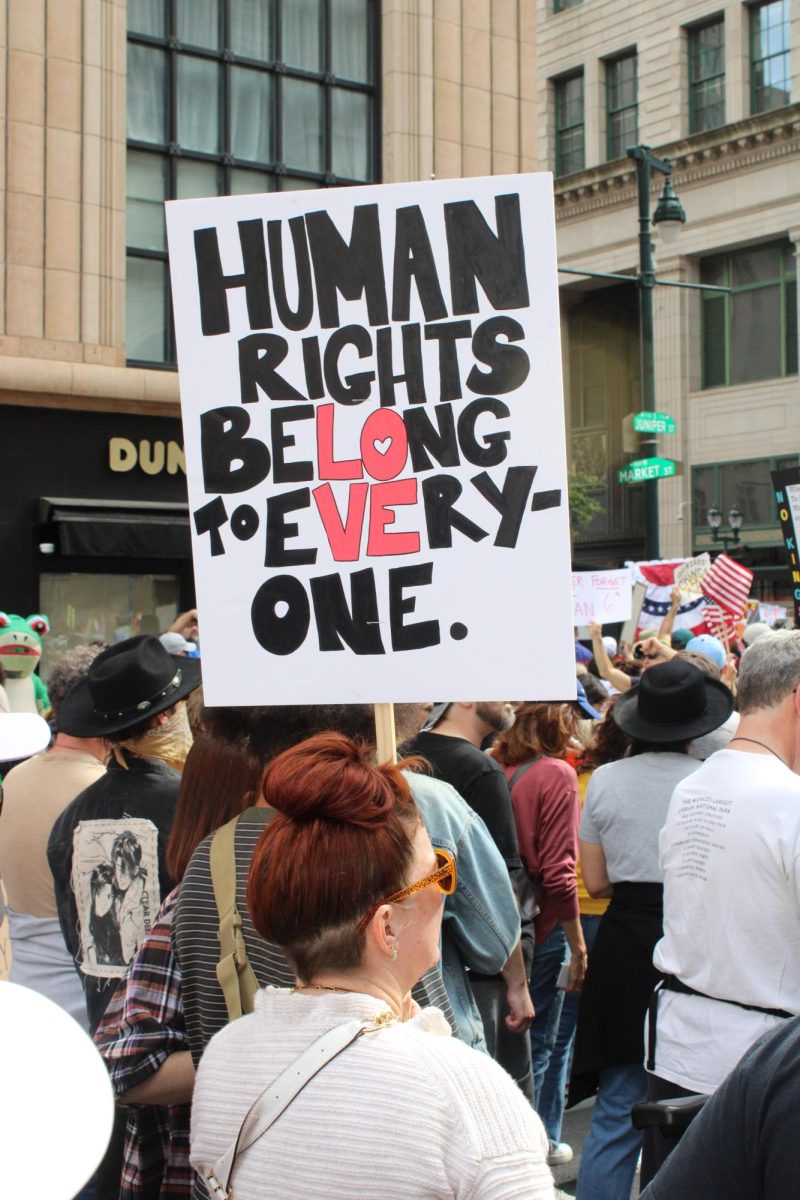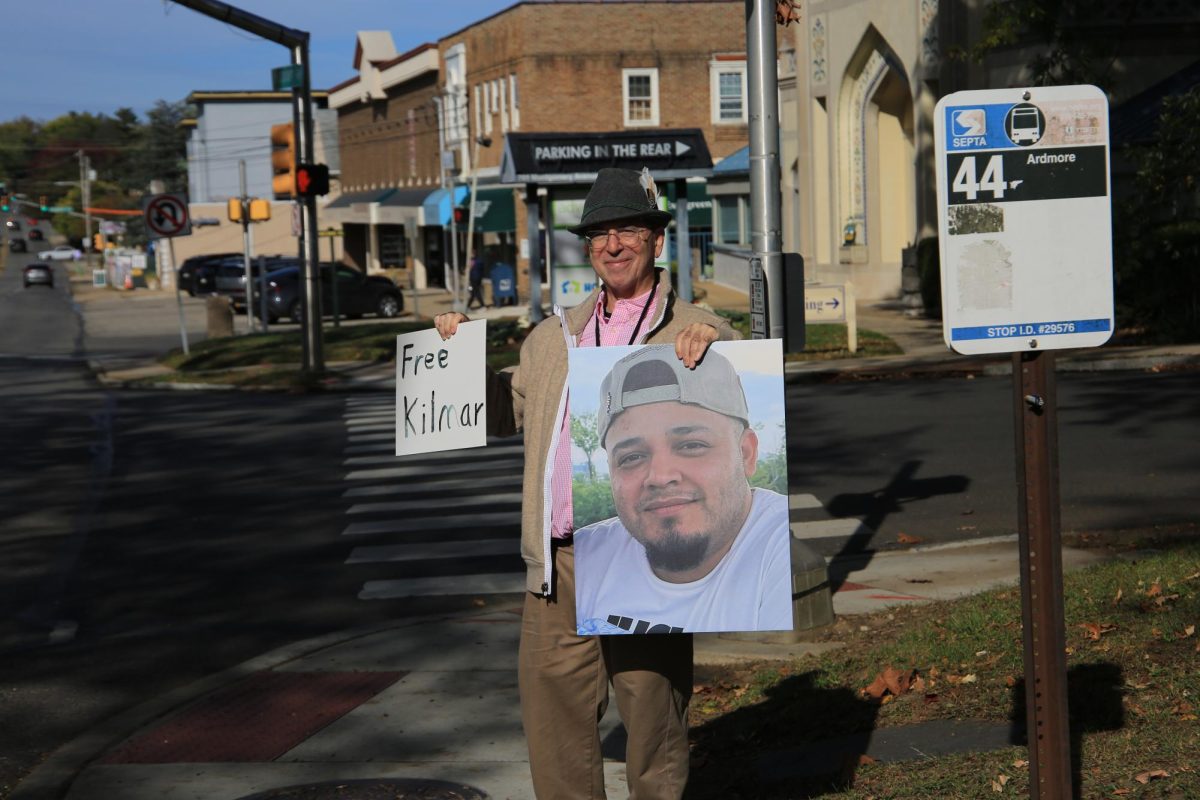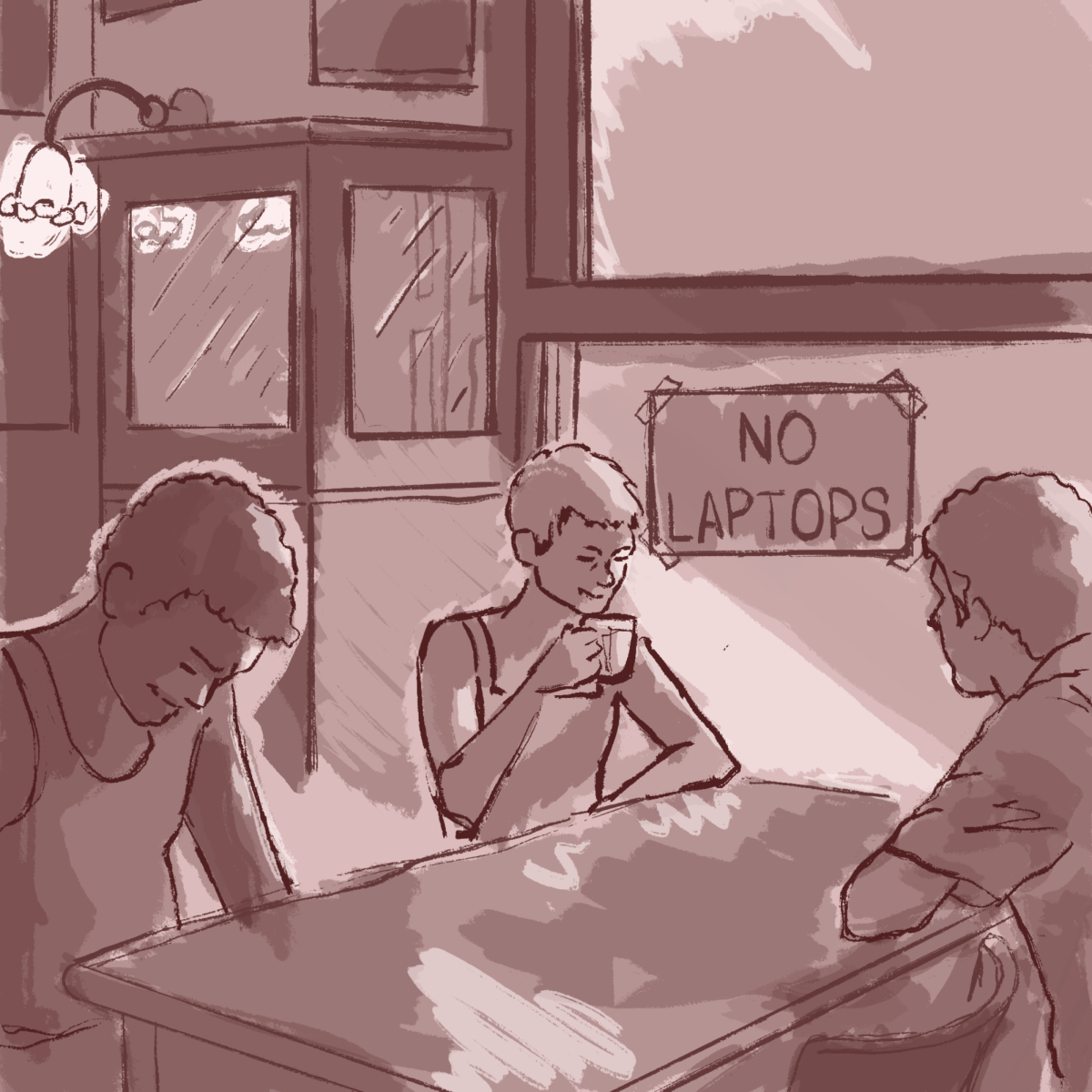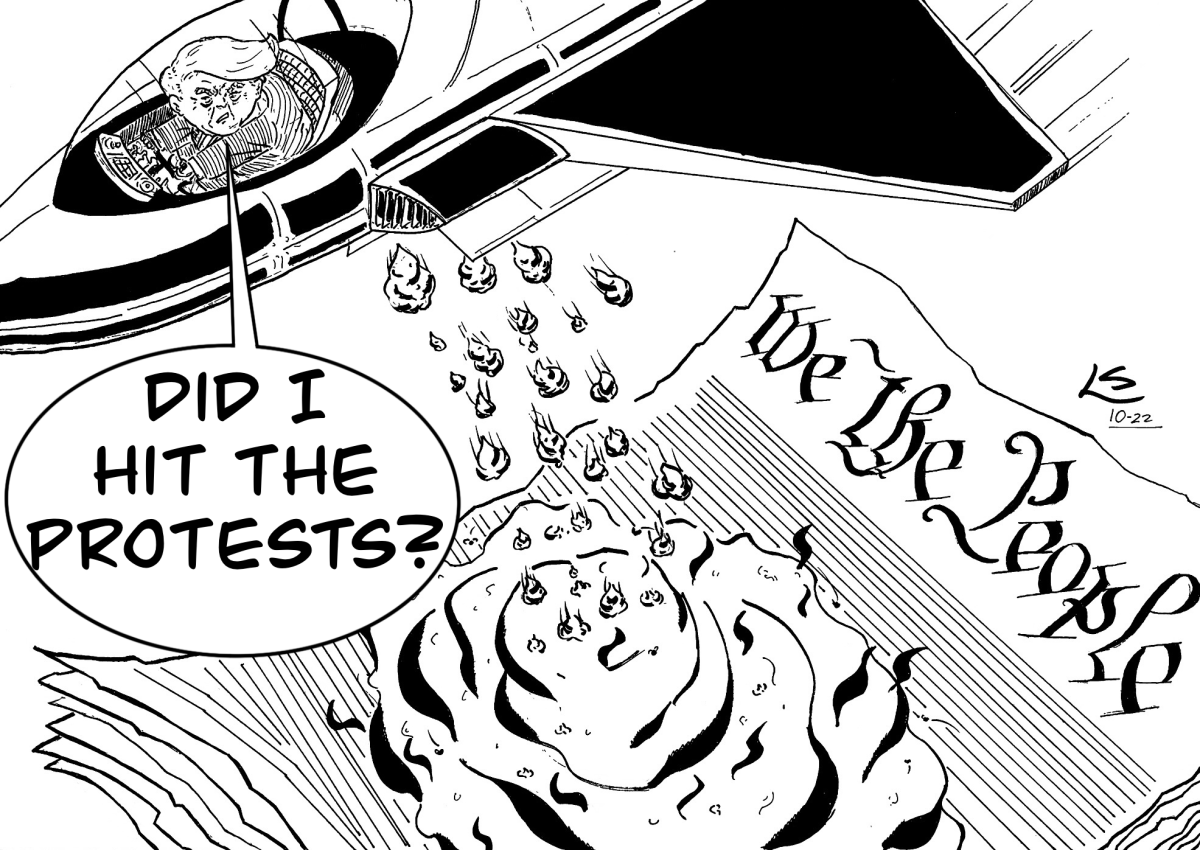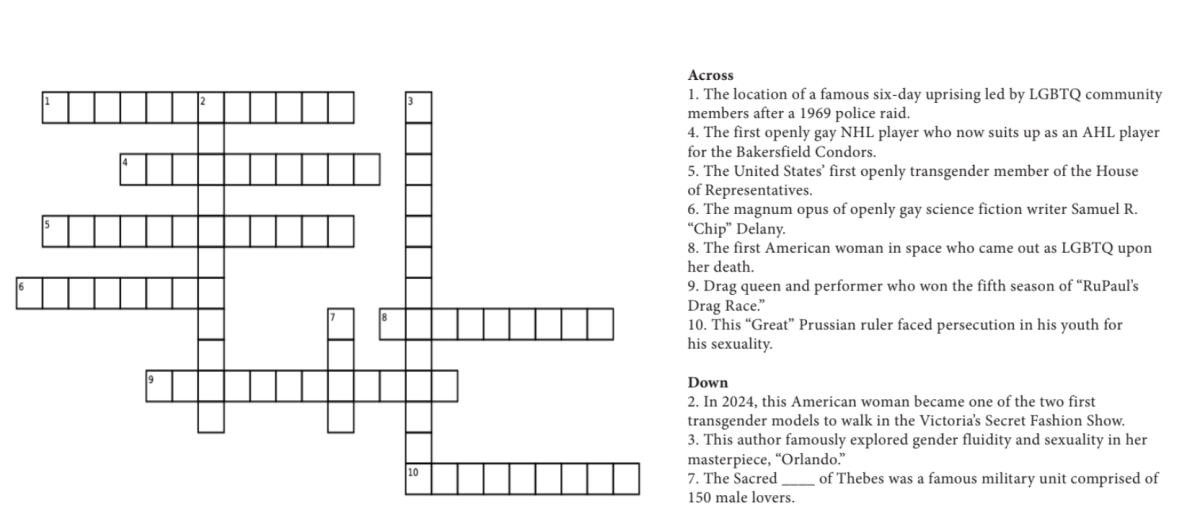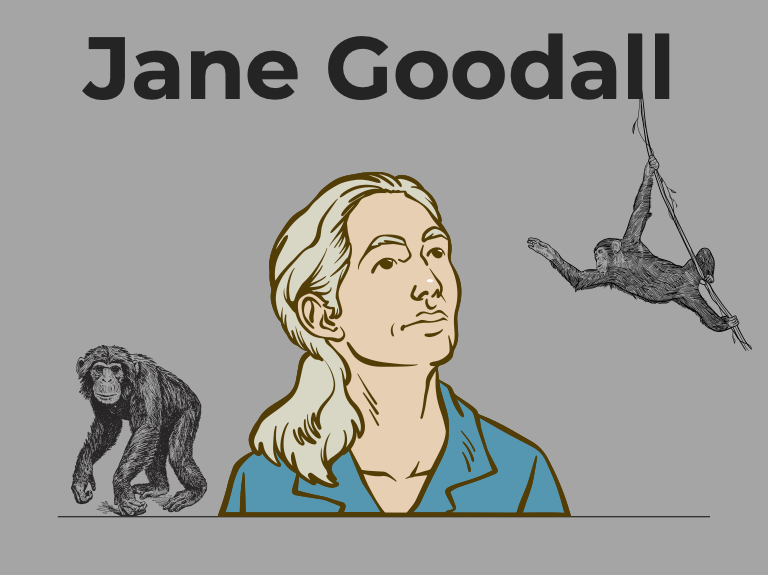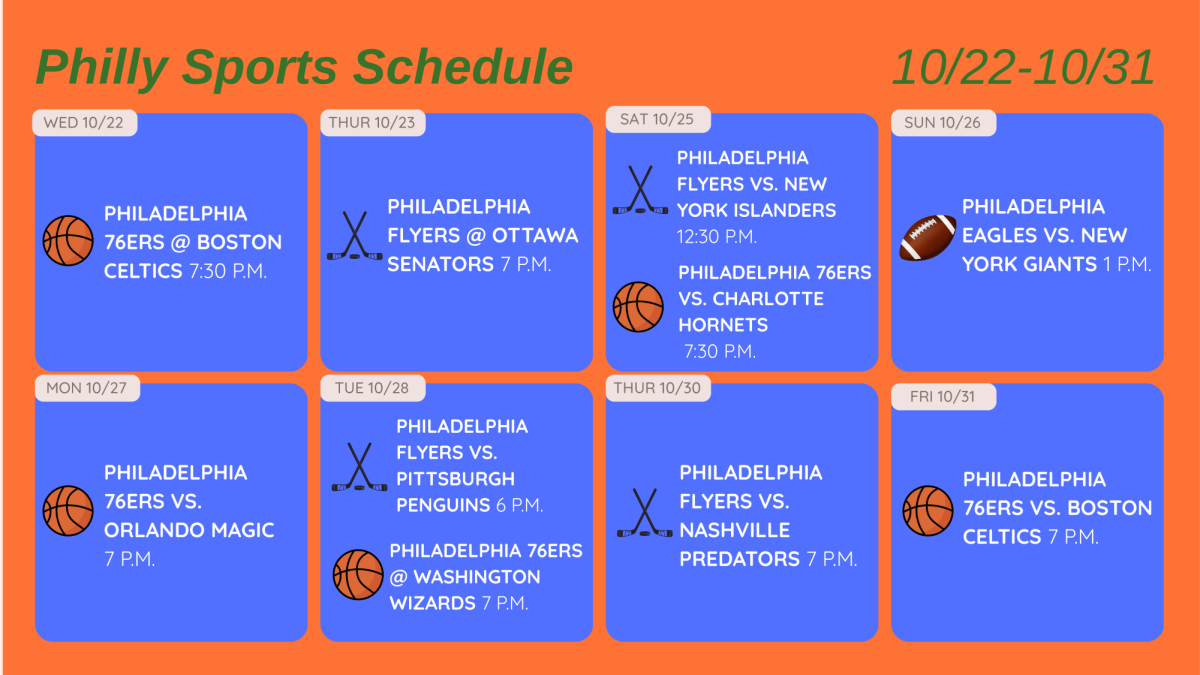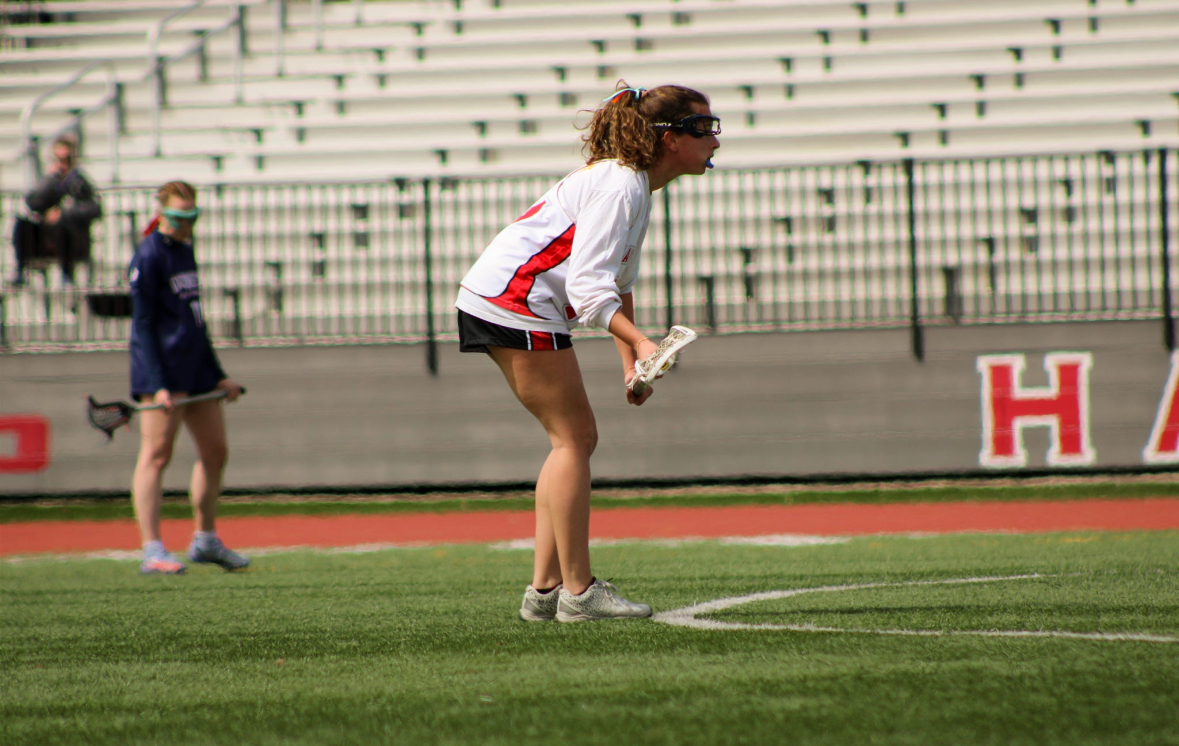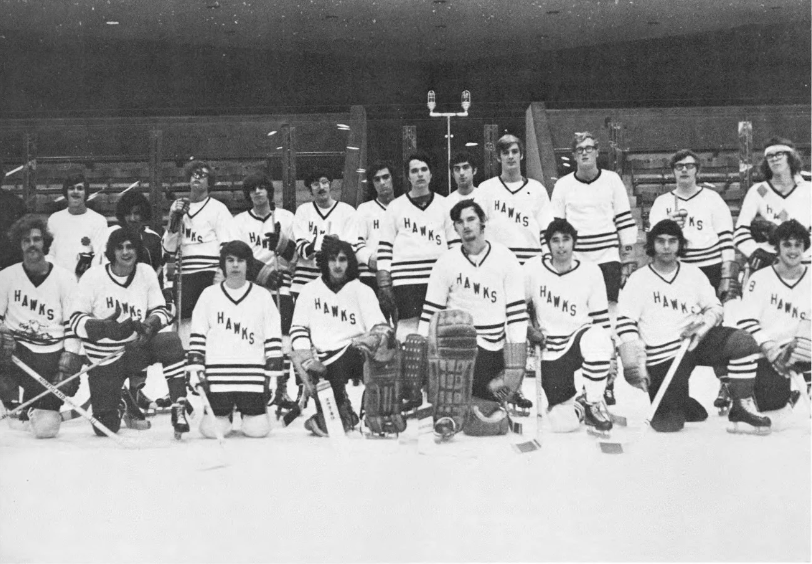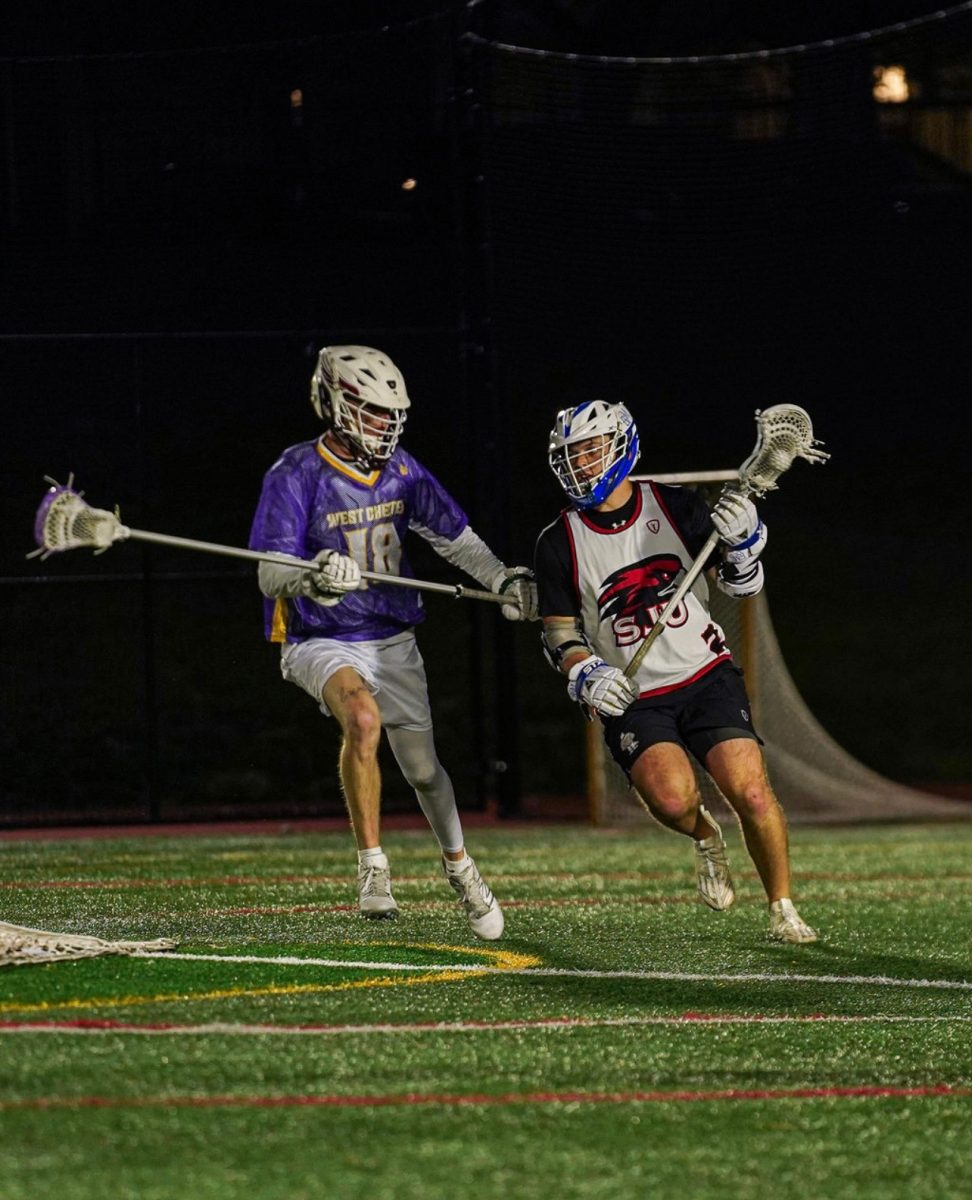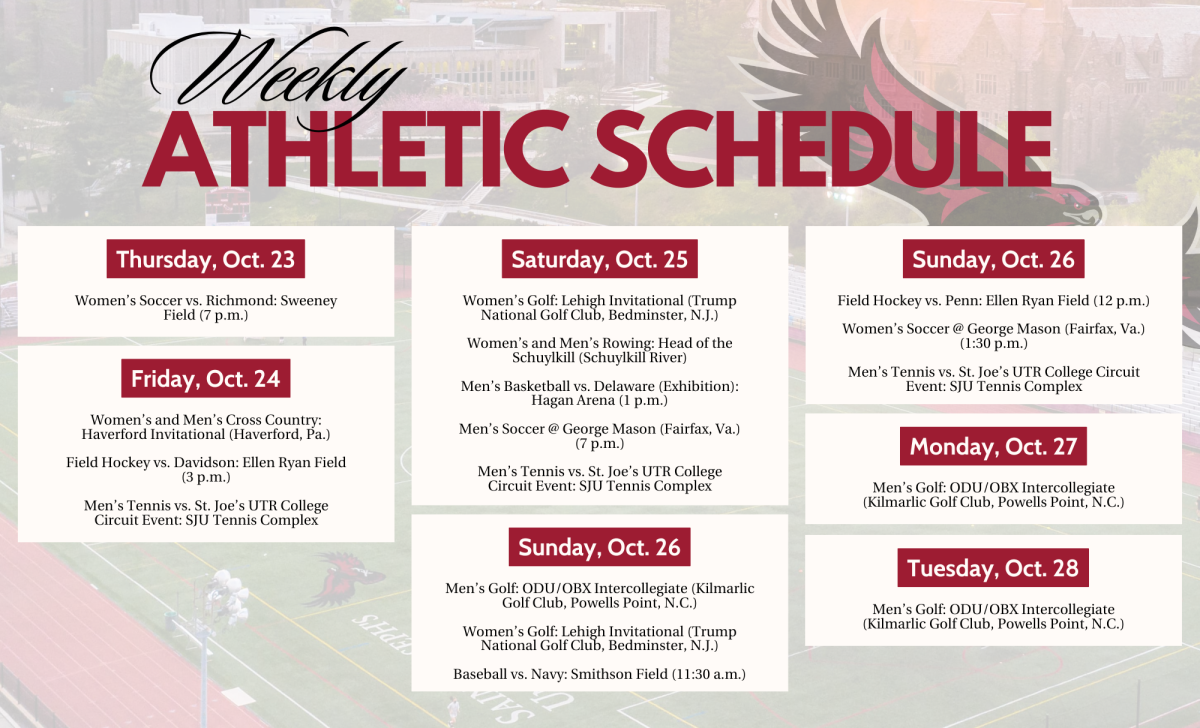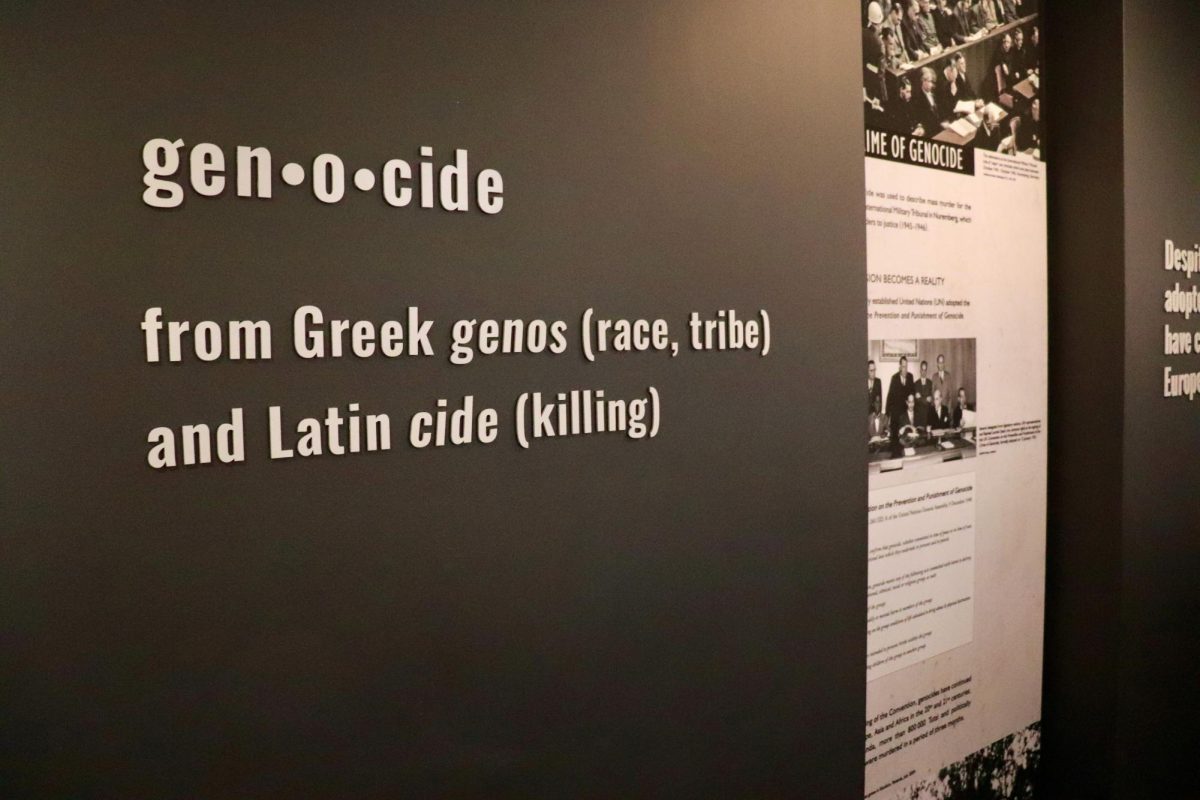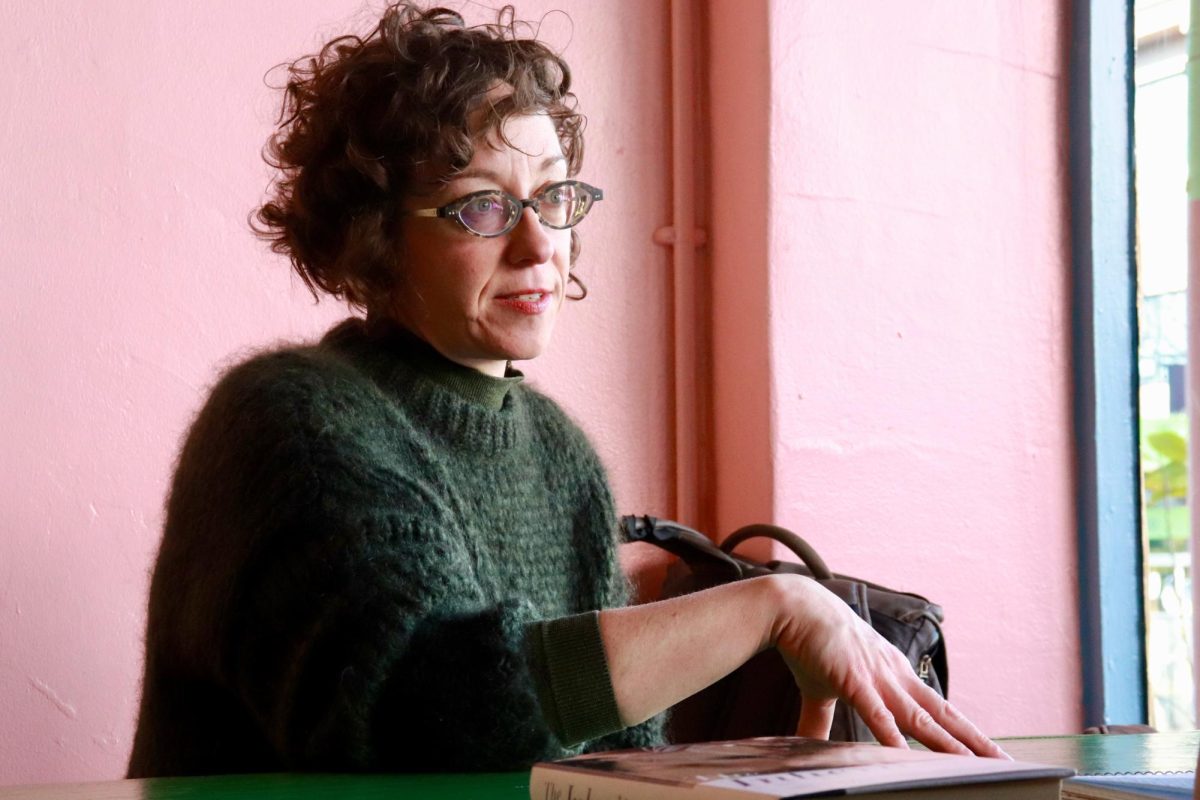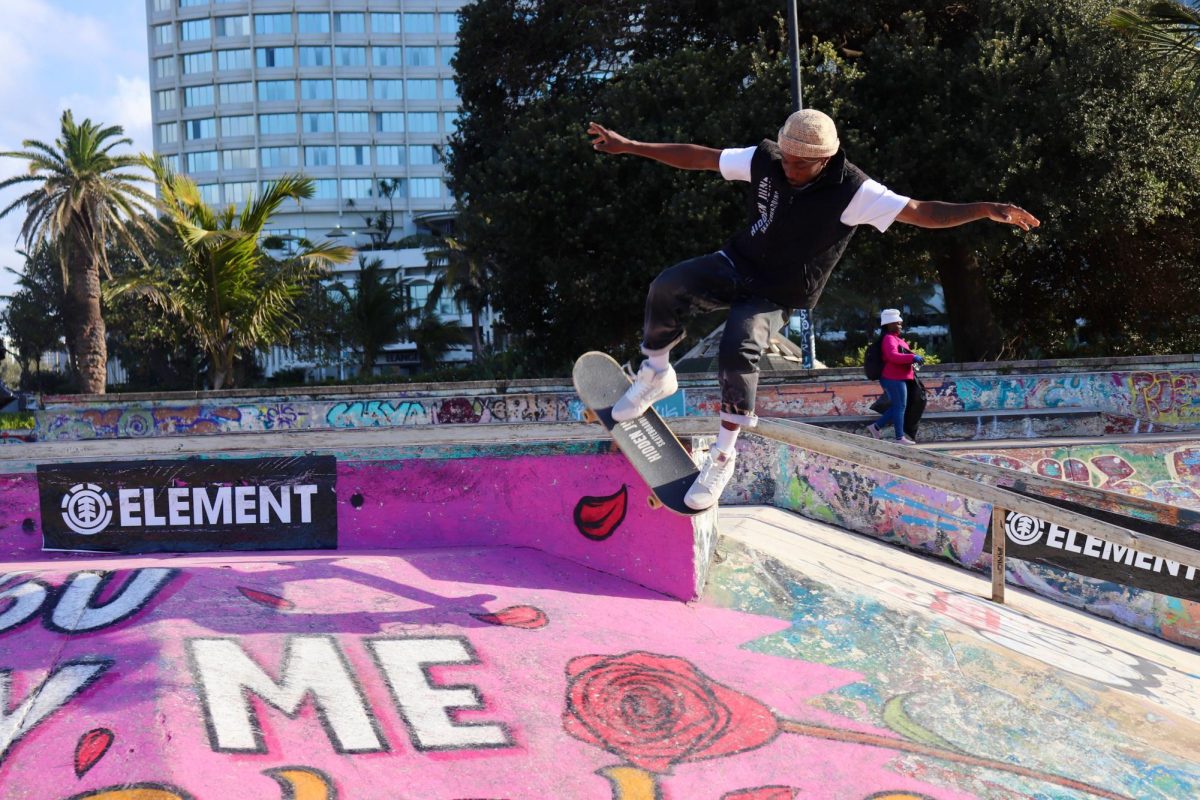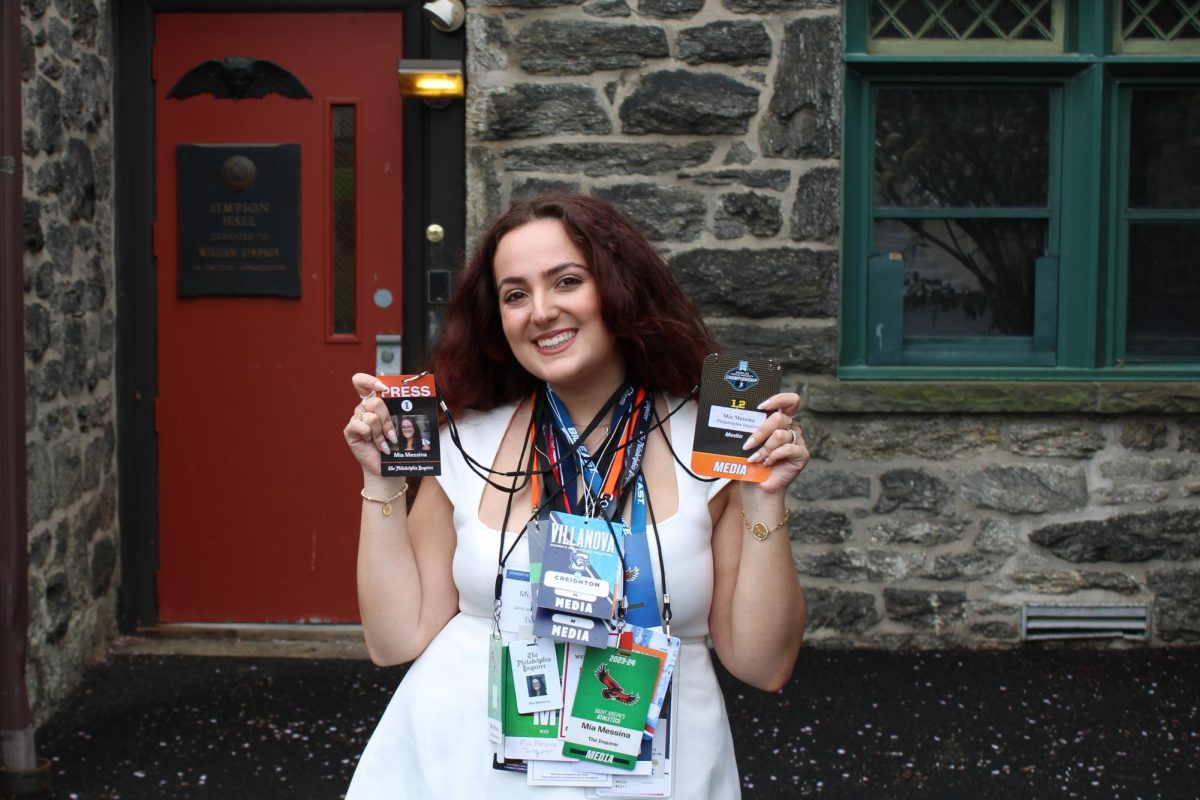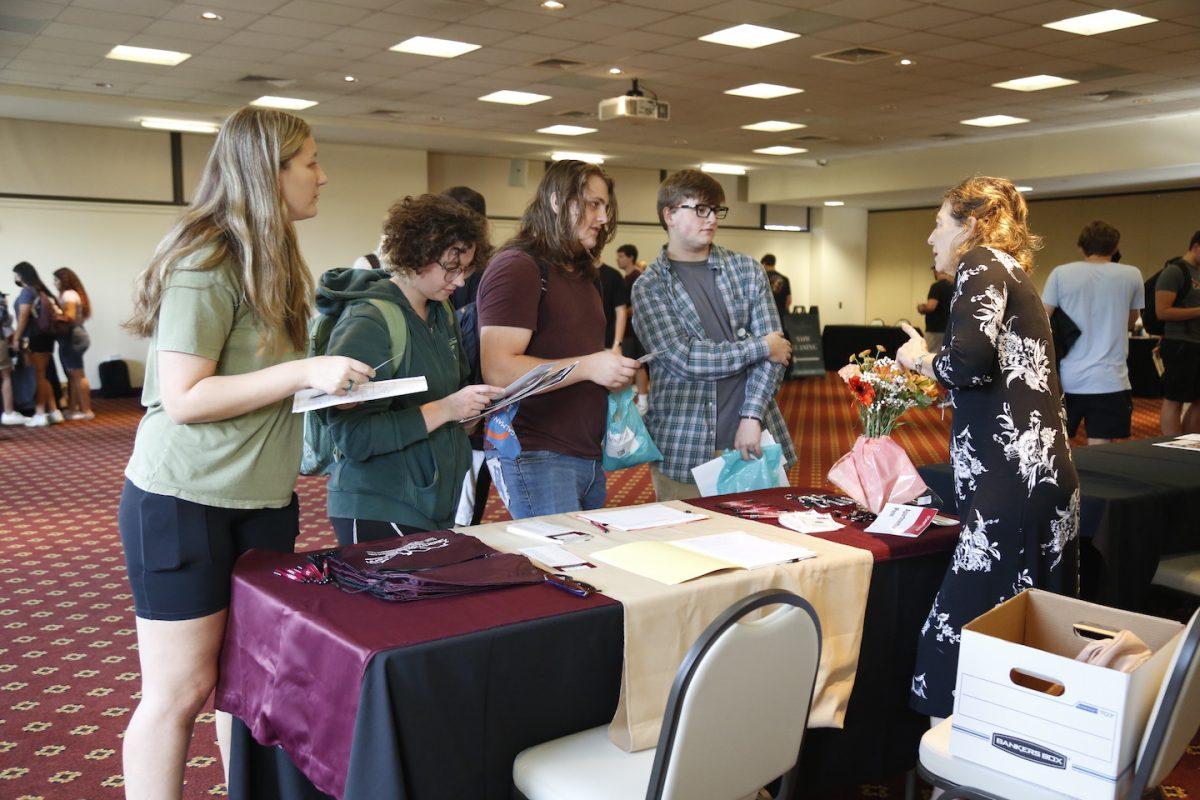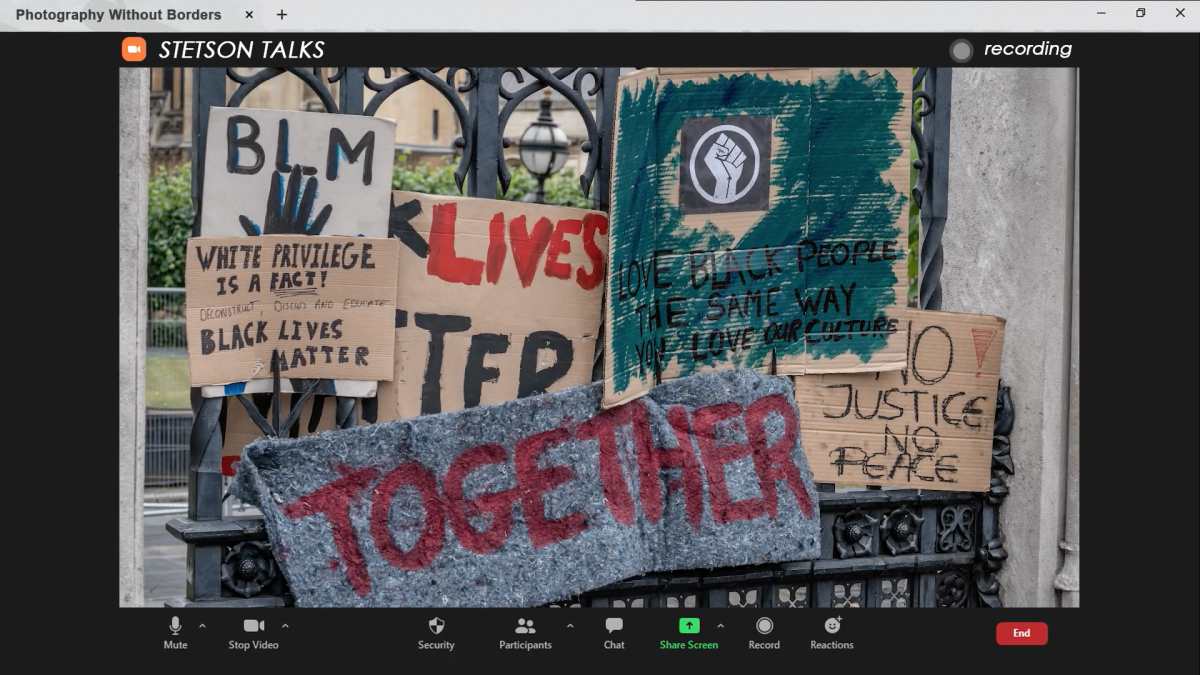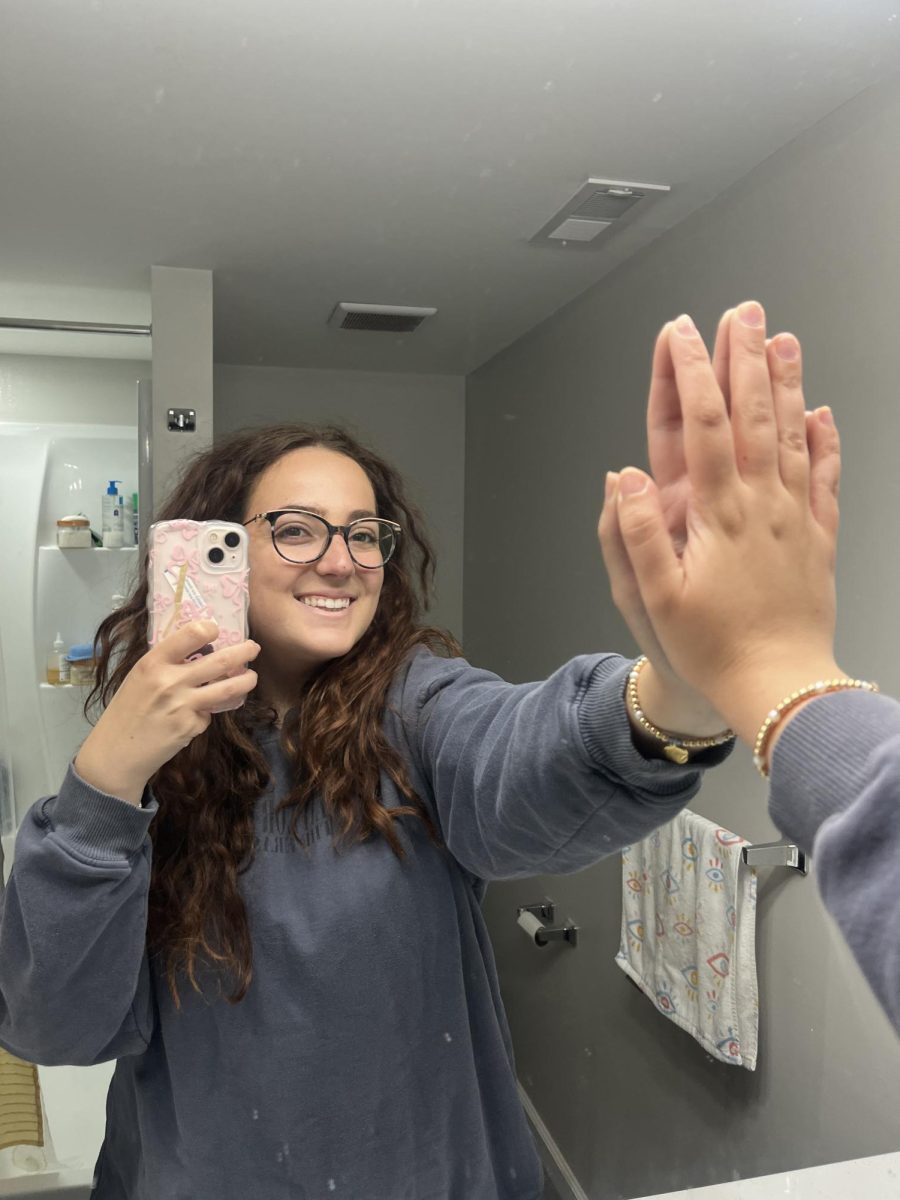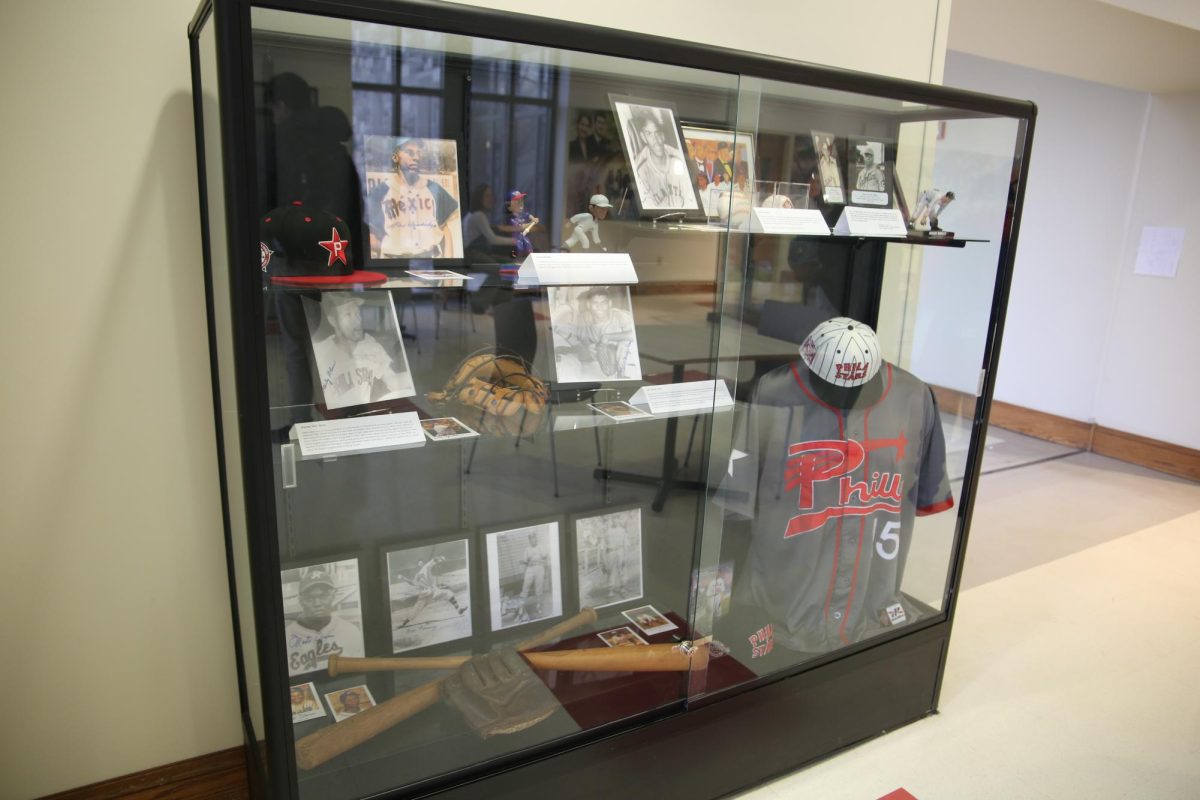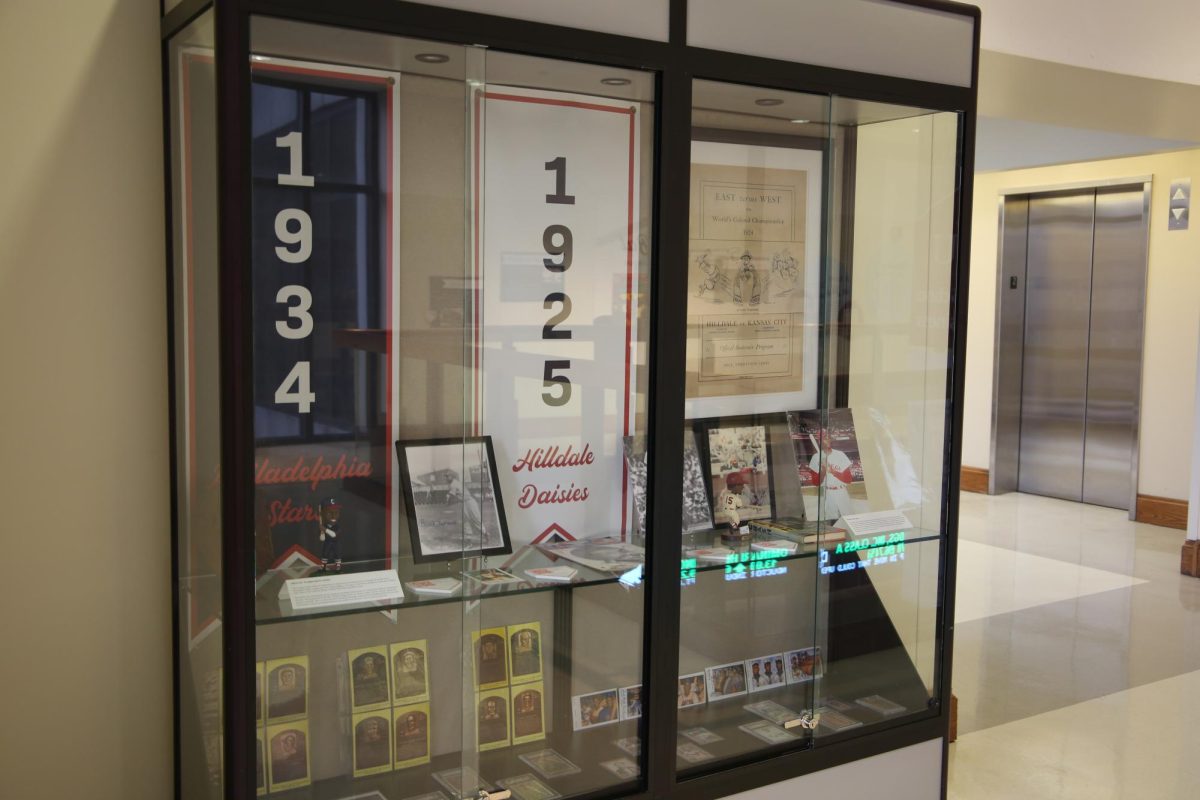A new exhibition, “A League Apart,” has opened in Mandeville Hall. The exhibit focuses on the history and legacy of the Negro Leagues in Philadelphia.
The Negro Leagues were an all African American baseball league that gained popularity in the 1920s and 1930s. After Jackie Robinson broke the color barrier in Major League Baseball in 1947, the Negro Leagues’ presence declined as more players joined the MLB, and the 1951 season is generally considered to be the league’s last. More recently, on May 29, 2024, the MLB included Negro League stats in their official record books for the first time.
The exhibit, sponsored by St. Joe’s sports marketing program, features five Black players from Philadelphia: Octavius Catto, John Henry “Pop” Lloyd, Ed Bolden, Richard “Dick” Allen and Mo’ne Davis.
Dick Allen, featured in the exhibit as a bobblehead, went through the Phillies Triple-A team the Arkansas Travelers as the first Black player on the team, and then joined the Phillies as their first Black star player.
Morgan Bryant, Ph.D., assistant professor of marketing, said the exhibit broadens students perspectives and prepares students for the upcoming MLB season.
“What an awesome way to get prepared for the impending start of baseball season than to come up to Haub and take a look at a different part of history of professional baseball that Philadelphia played a really big part in that’s right here on campus, free and open and has ties to faculty, to people who are an integral part of the campus community,” Bryant said.
JP Lutz, assistant professor of practice in sports marketing, was instrumental in bringing the exhibit to St. Joe’s. Lutz said he wanted to bring the exhibit to the university because he views the exhibit as an important piece of Philadelphia history that can connect to the curriculum at St. Joe’s.
“I’m excited about the opportunity to build some awareness of the Negro Leagues, and also tie it in with a lot of the curriculum that we have, not only in sports marketing, but some of the history courses and other business or writing courses that we offer,” Lutz said.
The exhibit features different memorabilia from the Negro Leagues like pictures, plaques and baseball cards. This allows for students to see a different perspective on an area of the sport that was ignored for many years, and to remember how the players were treated before, and even after, the color barrier was broken is important, said John Lord, Ph.D., professor emeritus of marketing.
“The fact that the great Black players could not play in the major leagues until 1947 was indicative of the fact that the larger establishment didn’t recognize them,” Lord said. “So, this way, we could find out that baseball has a history which goes well beyond the white players.”
Don DiJulia ’67, former athletics director of St. Joe’s and now an officer in university advancement, said he the exhibit helps students gain this perspective through telling the story of the Negro Leagues, making students more aware of the injustices Black people faced when pursuing a career in baseball. DiJulia recalled one student who was not a baseball fan but still drew value from the exhibit.
“It happens to be a baseball story, but we could tell stories in all parts of our life that this student was interested in,” DiJulia said. “There was inequality in voting. There was inequality in education. There was inequality in many areas, and this is just a baseball story, so it made him curious to learn more about the other areas that impacted injustice over time.”
Lutz said that it is important for students to carry on the memory of the Negro Leagues to not forget the challenges the players overcame.
“I think the important part for students is to, if you didn’t know anything about it, uncover and learn about the influence that the Negro Leagues have on baseball. And then also understand the barriers in baseball and the challenges that were in place during those times.” Lutz said.

